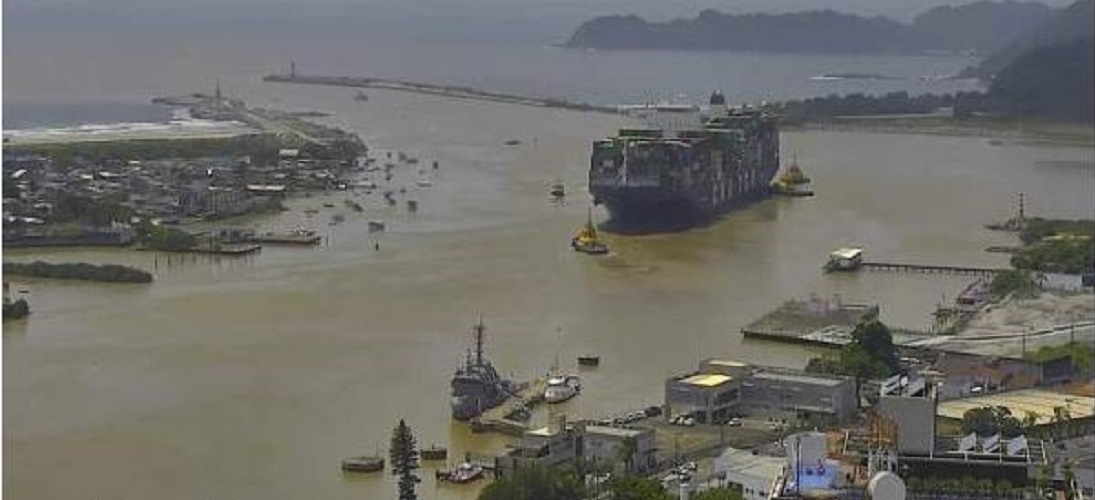
Turning Basin (Maneuvering Basin)
Oct, 25, 2023At the heart of a Turning Basin is an open expanse of water, typically circular or rectangular in shape, that provides ample space for ships to reverse their course or make sharp turns without the risk of collision with other vessels or port structures. This generous area enables ship captains and pilots to practice and refine their maneuvering skills, as well as execute docking and undocking procedures safely.
Key aspects of a Turning Basin include:
- Adequate Space: The basin is dimensioned to accommodate even the largest vessels, allowing them to pivot or reverse direction with a safety margin.
- Controlled Depth: Water depth within the basin is maintained at appropriate levels to ensure ships have the necessary keel clearance to avoid grounding or hull damage.
- Nautical Signage: Nautical aids, such as buoys, beacons, and markings, are often installed around the basin to guide mariners and indicate entry and exit points.
- Training and Testing: The Turning Basin serves as a training ground for ship pilots and crews, enabling them to practice complex maneuvers and enhance their navigational skills.
- Safety: Having a Turning Basin available reduces the risk of accidental collisions and helps prevent damage to vessels, port infrastructure, and most importantly, human lives.
- Realistic Simulation: During training exercises, environmental and maritime conditions can be simulated to expose teams to challenges akin to what they might encounter in real-life scenarios.
In summary, the Turning Basin is a critical component of port operations, offering a safe and controlled space where ships can maneuver, train, and perform docking and undocking operations effectively. It is an integral piece of infrastructure that contributes to the safety and efficiency of maritime operations in harbors and anchorages around the world.
-
Grains
May, 26, 2021
0
Ministry of Agriculture launches portal for Brazilian Agricultural Observatory
-
Ores
Jan, 16, 2023
0
Brazil’s main customer, China loses space in the 2022 trade balance
-
Fruit
Jan, 22, 2024
0
Brazilian apple producers compete with China in the global market
-
Ports and Terminals
Jul, 18, 2020
0
Suape Port handled a record 12.4 million tonnes in first semester


